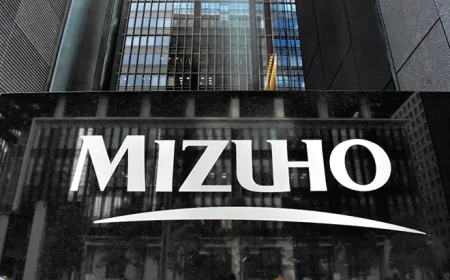Job search activities of Japanese students
Finding a new job in Japan right after graduating from university is not an easy task. The recruitment system of Japanese companies is very strict and requires careful preparation.

In this article, we will learn about the job search activity of Japanese students, called shuukatsu.
Shuukatsu (就活) is an abbreviation for shuushoku katsudou (就職活動), which means "job-seeking activity". In Japan, the recruitment process takes place in April, and the company only recruits graduates this month. In fact, more than 80% of Japanese students receive at least one job offer during their final year of university, that is, about 8 months before graduation. For foreigners, the recruitment process in Japan is very strict and it is necessary to prepare carefully before applying for a job.
Here are the important steps in the shuukatsu process:
1. Self-analysis and orientation:
During the period from June to March, Japanese students begin to analyze themselves and learn about their fields of interest. They learn about their personal interests, career goals, strengths and weaknesses, as well as areas that are right for them. Being aware of their own skills and values gives students a better chance of competing in the recruitment process and is an important stepping stone to landing a job they love.
2. Learn about the job and the company:
From September to June, after knowing themselves well, students need to master the knowledge of the area of interest. They need to narrow down the list of companies they want to apply to. Japanese students often learn about the company's development, history, organizational culture, and important projects. They also often look at information from outside sources such as company reviews, feedback from former employees, and social media profiles to get an overview of the company they are interested in.
3. Prepare profile and job application:
From September to March, Japanese students prepare job applications including CV (rirekisho) and cover letter (entry sheet). Resumes must be well-written, containing personal information, education, work experience, and extracurricular activities. Cover letters should be written specifically for each company, demonstrating the student's interest and needs in that company. Preparing a quality resume and cover letter is an important factor in making a good impression on employers.
4. Attend company meeting and interview:
From October to January, companies hold student meetups at the university or recruitment events. Students have the opportunity to meet and chat with employers, learn more about the company and the recruitment process. Then, from February to March, potential candidates will be invited for individual interviews. Interviews can include various stages and tests to assess a candidate's skills and suitability for the job.
5. Get results and decisions:
Around March, companies will announce recruitment results and send notices to candidates. Students will receive job offers from one or more companies and must make the final decision about which company they want to work for. This decision is often made based on many factors such as company history, work environment, benefits package, and growth opportunities.
Above is the recruitment process after graduating from university of Japanese students. While the process can vary from company to company, what is common is focus and thorough preparation to gain exposure to top companies and explore career opportunities.
Related Products








































































































